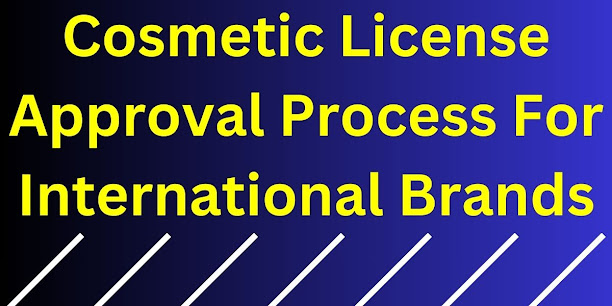Cosmetic Registration Checklist For Handmade Beauty Brands
In the rapidly growing handmade beauty industry, ensuring that your products meet legal requirements is crucial for long-term success. One of the most important steps to take as a business owner is to go through cosmetic registration. Obtaining a cosmetic certificate and license not only helps in building consumer trust but also ensures that you comply with industry regulations.
This checklist will guide you through the key steps you need to take for cosmetic registration, ensuring your handmade beauty brand is legally compliant and ready to thrive in the competitive market.
Points to Remember While Doing Cosmetic Registration
1. Understand the Cosmetic Registration Process
Before diving into the registration details, it’s important to understand what cosmetic registration is. In simple terms, cosmetic registration is the process of notifying the regulatory body about the cosmetics you plan to manufacture or import. This process is required to ensure that your products are safe for consumers and meet the necessary standards for quality and labeling.
Key Points to Consider:
Regulatory Body: Know which authorities govern cosmetic registration in your country. For example, in India, the Central Drugs Standard Control Organization (CDSCO) is the primary body.
Types of Products: Ensure that your handmade beauty products fall under the category of cosmetics. This includes skincare, makeup, haircare, and fragrances.
2. Prepare Your Product Formulation and Safety Data
Before applying for cosmetic registration, you must have detailed information on your product formulations and safety profiles. This is vital to ensure that the products you manufacture are safe for use.
What You Need in Cosmetic
Detailed Formulation List: A complete list of ingredients used in your products, including concentrations.
Safety Assessment Report: A report that assesses the safety of your cosmetic product, based on its ingredients and usage.
Good Manufacturing Practices (GMP): Certifications proving that your manufacturing process meets the necessary quality standards.
3. Get Your Cosmetic License and Certificate
Once you’ve ensured that your formulations are safe, it’s time to apply for your cosmetic license and certificate. This is an official document issued by the regulatory body after evaluating your product and business.
Steps to Obtain the Cosmetic Certificate
Submit Product Information: Include details such as ingredients, product claims, and labels.
Provide Manufacturing Details: If you’re outsourcing production, ensure that the facility complies with industry standards.
Pay the Fees: Each country has specific registration fees. Make sure to complete all financial obligations.
4. Labeling and Packaging Compliance
Regulatory bodies often have specific guidelines regarding the labeling and packaging of cosmetics. Your product labeling must meet these standards to ensure that it’s compliant.
What to Include in Cosmetic Packaging?
Ingredients List: Clearly list all ingredients in descending order of concentration.
Product Claims: Any claims about the product (e.g., “anti-aging,” “organic”) must be substantiated with evidence.
Manufacturing Details: Include the manufacturer's name, address, and batch number for traceability.
5. Maintain Ongoing Compliance
Once your cosmetic registration is complete and your product is on the market, you must ensure that your products continue to comply with regulations. Authorities may conduct random inspections, so it's essential to maintain proper documentation and stay updated with changes in regulations.
How to Stay Compliant in Competitive Market?
Regular Audits: Conduct internal audits of your processes to ensure compliance.
Update Documentation: Any changes in formulations, packaging, or claims must be updated with the relevant authorities.
Conclusion
Navigating the cosmetic registration process can be complex, but it’s a necessary step for handmade beauty brands looking to build credibility and expand their market reach. Obtaining your cosmetic certificate and license is not just about meeting legal requirements; it’s about showing your customers that your products are safe and trustworthy.
For a smooth and hassle-free registration process, consider working with professionals who can help you with all the legalities. Reach out to LegalRaasta for assistance in cosmetic registration, ensuring your handmade beauty products meet all regulatory requirements, so you can focus on crafting exceptional products with confidence.





Comments
Post a Comment